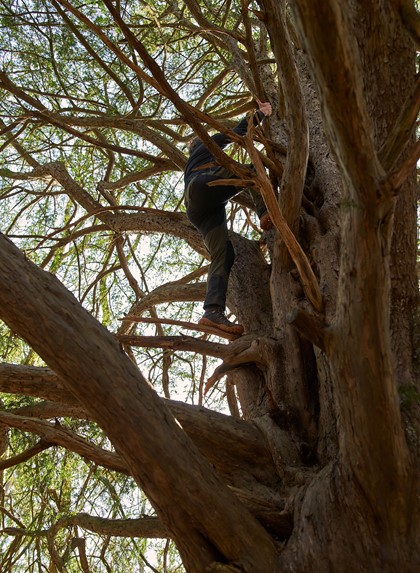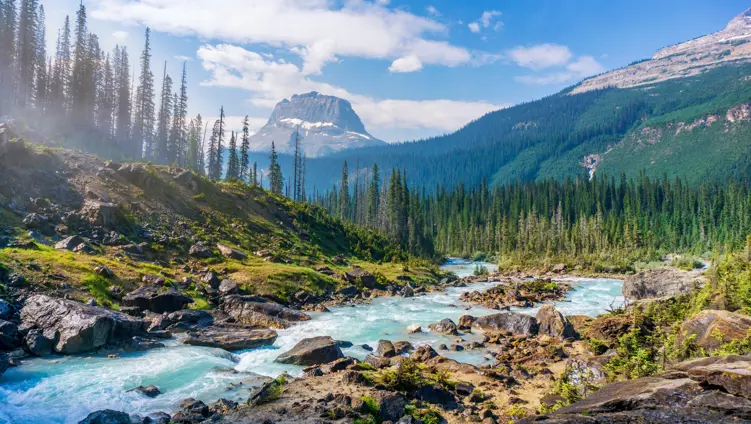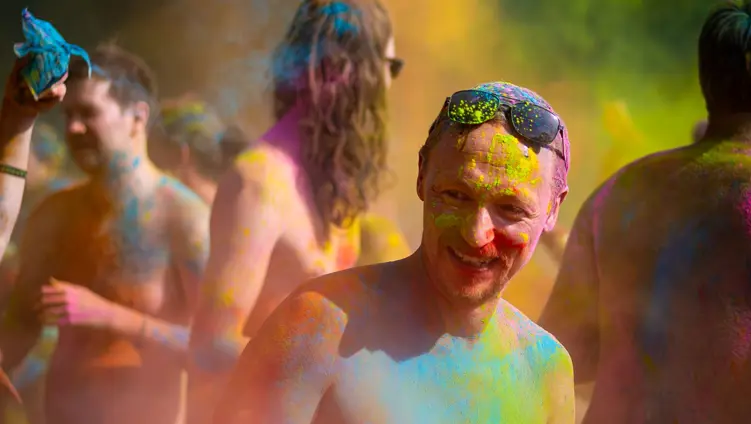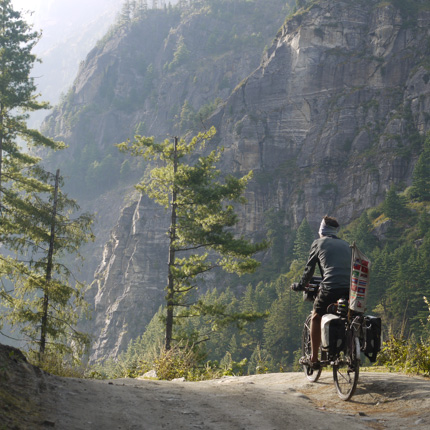We’ve been barefoot for most of our history. The oldest known footwear, a sagebrush bark sandal found in Fort Rock Cave in Oregon, is thought to be around 10,000 years old. And although archeologists have identified the distortion of the human foot, an indication of shoe wear, up to 40,000 years ago, this remains an evolutionary blink of an eye.
Shoes have since taken over. Most of us now own a wardrobe of them, mostly with heels, arch support, padding and other fashion features. Walking literally barefoot, beyond home or days on the beach, is relatively unusual, limited to a few cultural customs and subcultures, like Australia’s barefoot movement.
But in recent years barefoot or ‘minimalist’ footwear - footwear that mimics the barefoot condition with zero-drop heels, thin soles and wide toe boxes - has re-emerged. Books like Christopher McDougall’s Born to Run, a more pressing need to reconnect with nature and a new wave of scientific research around barefoot biomechanics have all catalysed the emergence of brands like Vivobarefoot.



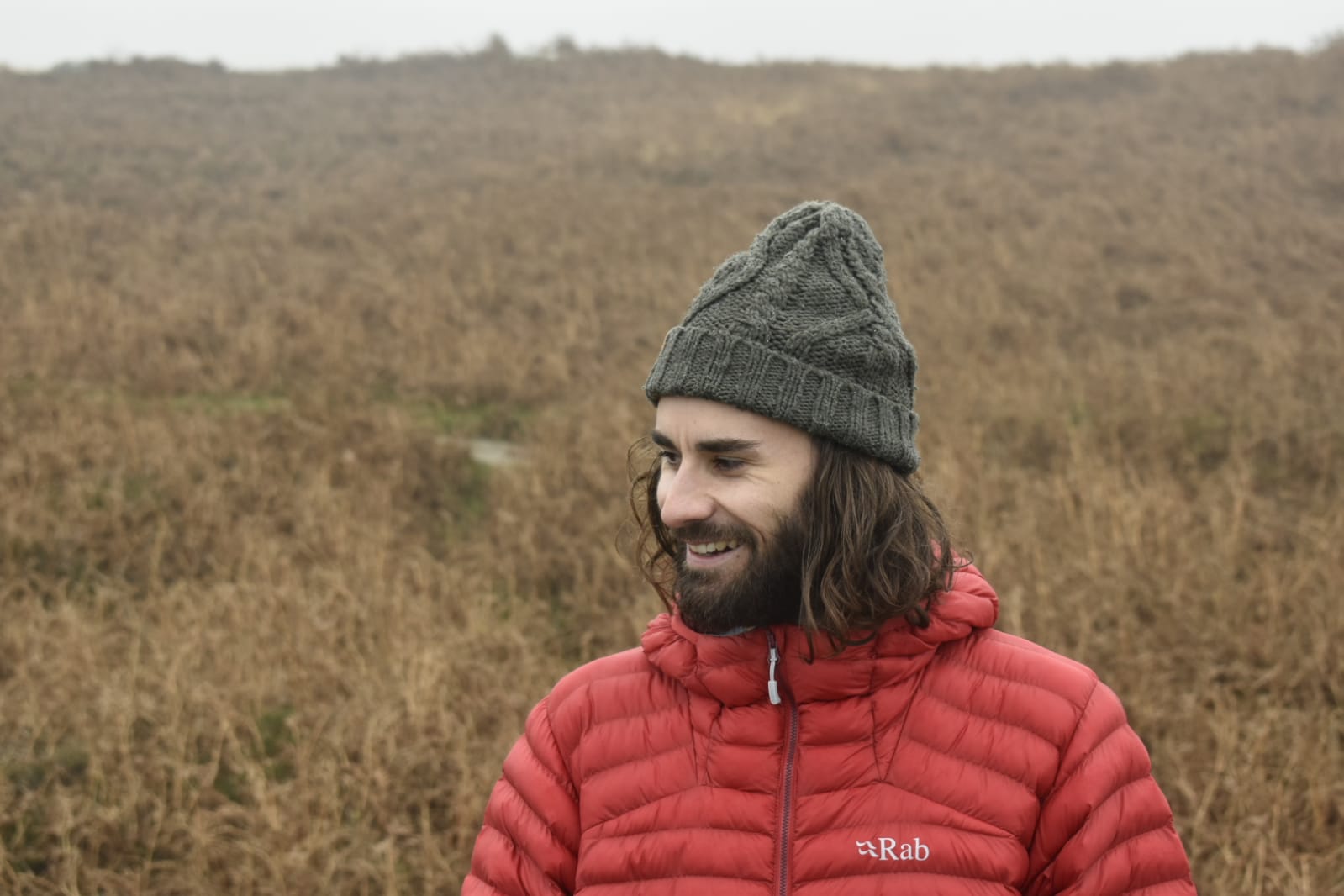
![Resized VIVOBAREFOOT Tom Joy [ IMG 3227 ]](/media/tpzlqnie/resized-vivobarefoot-tom-joy-img_3227.jpg?width=860&height=573&mode=crop)

![VIVOBAREFOOT Tom Joy [ IMG 3349 ]](/media/r2hgf143/vivobarefoot-tom-joy-img_3349.jpg?width=860&height=573&mode=crop)

